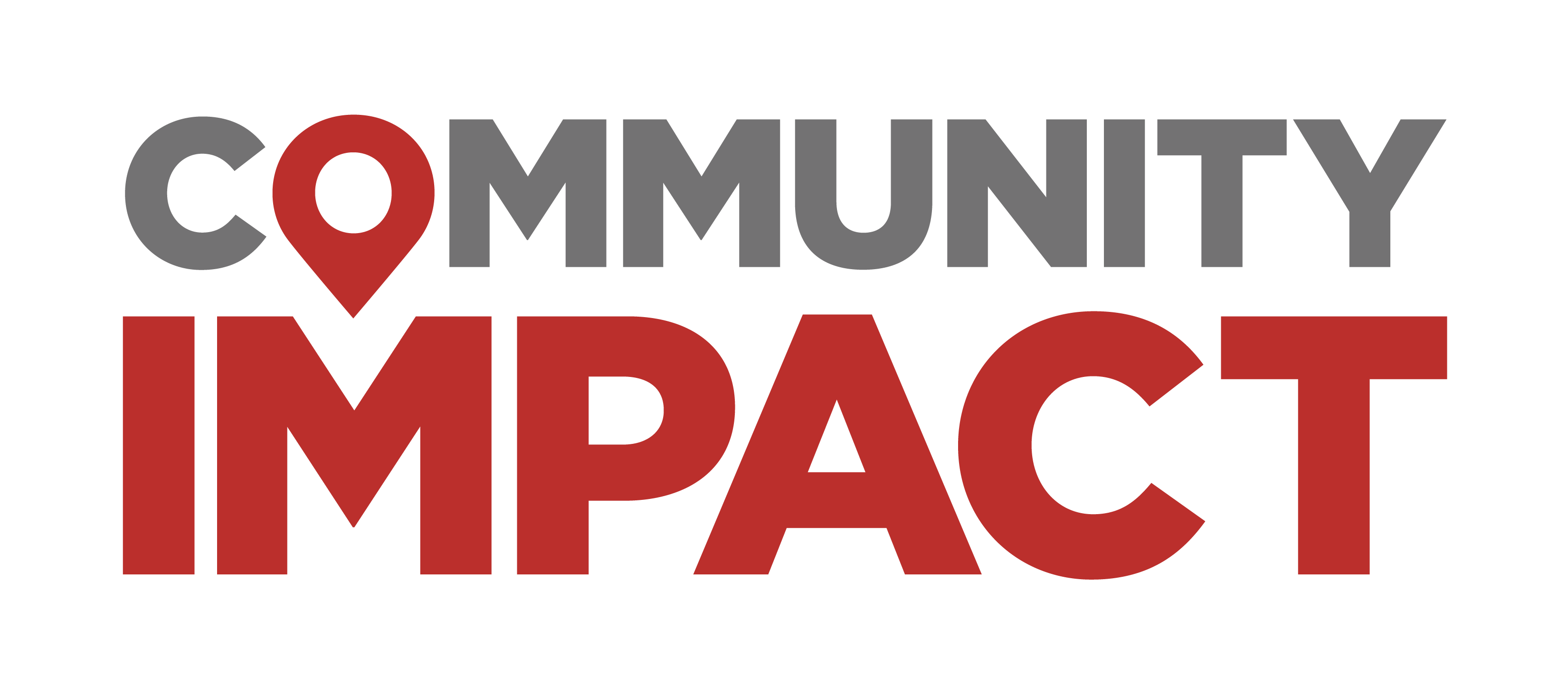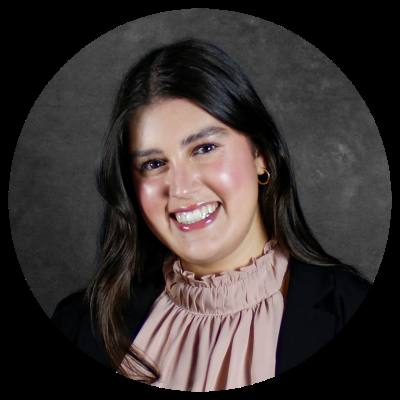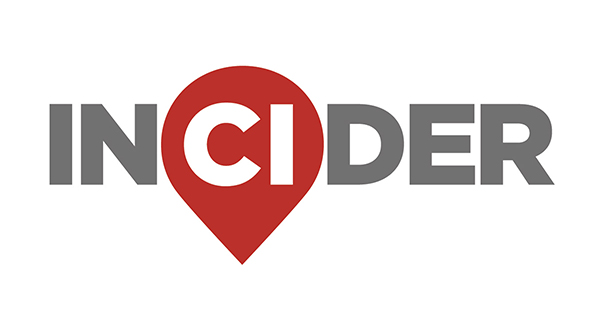The overview
House members voted 85-63 to create a $1 billion education savings account program. Two House Republicans voted against the proposal: Rep. Dade Phelan, R-Beaumont, and Rep. Gary VanDeaver, R-New Boston.
Under Senate Bill 2, which was amended by the House, participating families would be able to use state funds to pay for private school tuition and other educational expenses, such as textbooks or transportation.
Under the proposed ESA program, most participating students would receive about $10,000 per year, or 85% of the per-student funding public schools receive from state and local sources. During the 2022-23 school year, the average Texas public school received $12,815 per student in state and local funds, according to Texas Education Agency data.
Students with disabilities would receive up to $30,000 per year under SB 2, while families who homeschool their children would receive up to $2,000 annually.
The House must vote on SB 2 one more time before the bill can return to the Senate. If state senators do not agree with the changes made by the House, the two chambers will create small “conference committees” to hash out the differences.
During the roughly 17-hour session, House lawmakers also initially passed House Bill 2, a measure that would send $7.7 billion in new dollars to public schools.
The context
On the House floor, proponents of SB 2 said the bill would expand educational options for families who may not want to send their children to a public school.
“Public education is at the heart of so many communities in Texas, [but] despite our best efforts and investments, not every student is best served at their local public school,” said Rep. Brad Buckley, R-Salado, who sponsored SB 2 in the House.
Some Democratic lawmakers said April 16 that they believe an ESA program would divert funding from public school districts facing financial challenges and unfairly benefit wealthy families.
“I am standing with my colleagues, and with teachers and parents, ready to throw down for our public schools,” Rep. James Talarico, D-Austin, said during an April 16 rally ahead of the House vote. “Gov. Greg Abbott is trying to pierce his private school voucher scam through the House—a scam that will take our tax dollars and give those dollars to wealthy parents who are already sending their kids to private schools, a scam that will bankrupt our public schools in the years to come.”
Creating an education savings account program is a top priority of Abbott and other Texas Republican leaders. The state Senate passed similar legislation multiple times during the 2023 legislative session, but the proposal died on the House floor due to opposition from Democrats and Republicans from rural areas.
“The Bible says, on the seventh day, he rested. We passed school choice in the Senate six times—now, we rest,” Lt. Gov. Dan Patrick said during a March 25 news conference about education savings accounts.
The debate
Forty-three amendments that Democrats proposed to the education savings account bill were shot down during debate April 16-17. One of the first proposed amendments sought to give Texas voters the final say on an ESA program by placing a statewide referendum on the ballot in November.
“The governor has said private school vouchers are wildly popular, and so if he's telling the truth, I would think this referendum would have no trouble passing,” said Talarico, who raised the amendment.
Talarico’s amendment was voted down 86-62, largely on party lines.
During debate about a proposed amendment that would prohibit state funds from being used to advertise the ESA program, Rep. Ana-María Rodríguez Ramos, D-Richardson, said she was concerned Texas families would be “tricked” into applying for a program that may not benefit them.
“I have a message to the working family communities in Texas: vouchers are a scam intended to benefit rich people,” Rodríguez Ramos said April 16. “These private schools are not required to accept your children. You give up the rights you had in public schools. The full cost of tuition, transportation and textbooks will almost never be covered fully by the voucher.”
During the 2023-24 school year, the average cost of Texas private school tuition was $10,965 for kindergarten-eighth grade students and $14,986 for high school students, according to the Texas Private Schools Association.
SB 2 would prioritize applications from students with disabilities and low-income families through the 2026-27 school year, Buckley said, noting that 20% of the program funding would be available to any Texas K-12 students, regardless of income.
Some House Democrats urged their colleagues to limit eligibility for the proposed ESA program to low-income Texans, but those amendments also failed.
Addressing concerns that SB 2 would siphon money away from public schools, Buckley said he did not think public schools in any other states had been harmed by ESAs or related programs.
“When you are providing services and you're meeting the needs of children, we know that [many] parents will stay in their public school,” Buckley said. “I do know that this opportunity that we will provide will not hurt our public schools. It'll just create another lane or another option for parents.”
Twenty-nine states and the District of Columbia have programs that use public funds for private education, including 16 states with education savings accounts programs, according to Education Week, a news and research organization. If SB 2 becomes law, it would create the first such program in Texas.
“Everyone in this chamber would do anything to give your kids education opportunities,” Rep. James Frank, R-Wichita Falls, said shortly before the House voted on SB 2. “But the reality is, many of you in this room have much more options to give your kids than other folks in Texas. Two years from now, every single one of you will have some kids in your districts ... that will have better options, better opportunities. Those kids and those parents will be so grateful for what we do today.”





